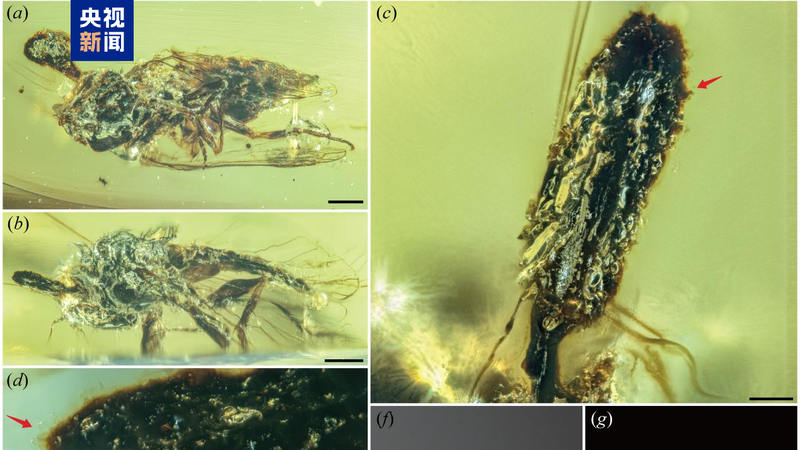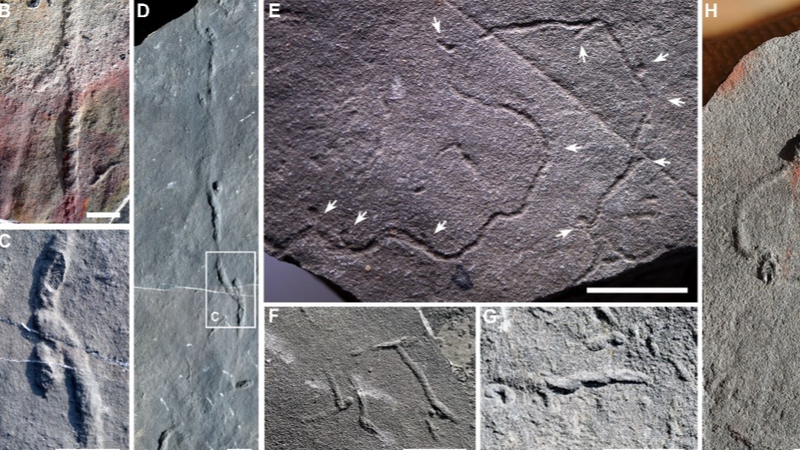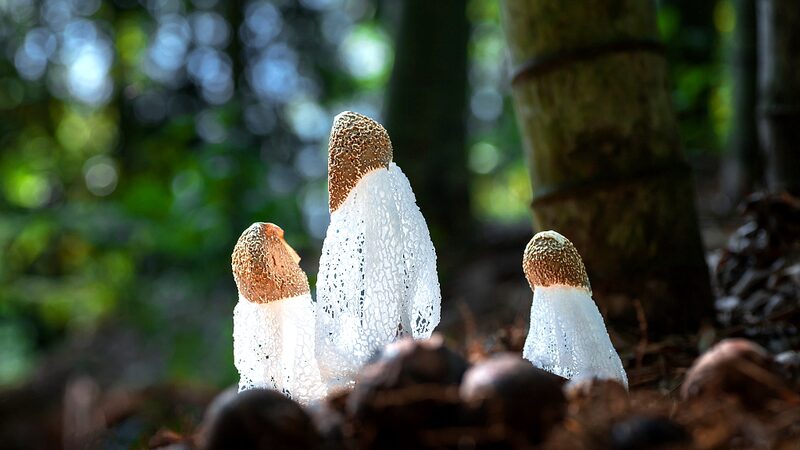Hold onto your lab coats, science fans! 🔬 Chinese scientists just uncovered a 100-million-year-old fungal time capsule trapped in amber—and it’s flipping the script on what we know about evolution. 🌿🦟
Led by researcher Wang Bo at the Nanjing Institute of Geology and Palaeontology, the team discovered two new species of parasitic fungi in Kachin amber from Myanmar. These fungi, part of the Ophiocordyceps group (yes, like the zombie-ant fungus from The Last of Us! 🎮), were found perfectly preserved alongside their insect hosts. Talk about a prehistoric horror show! 🐜💀
Using micro-CT scans and genetic analysis, the researchers traced the fungi’s origins back to the Early Cretaceous period—30 million years earlier than previously thought. 🕰️⚡ This discovery sheds light on how fungi and insects have been locked in an evolutionary dance for over 130 million years. 💃🕺
Why does this matter? Fungi rarely fossilize, so this amber time capsule is like finding a ‘Jurassic Park’ script written in DNA. 🧬📜 The findings, published in Proceedings of the Royal Society B, could help scientists understand modern parasitic relationships—and maybe even future pandemics. 🌍🔍
Reference(s):
Chinese scientists discover 100-million-year-old parasitic fungus
cgtn.com




